HOME IN FOCUS
The pipes, the pipes are calling
Come December, students and performers can look forward to playing S'pore's 11th pipe organ
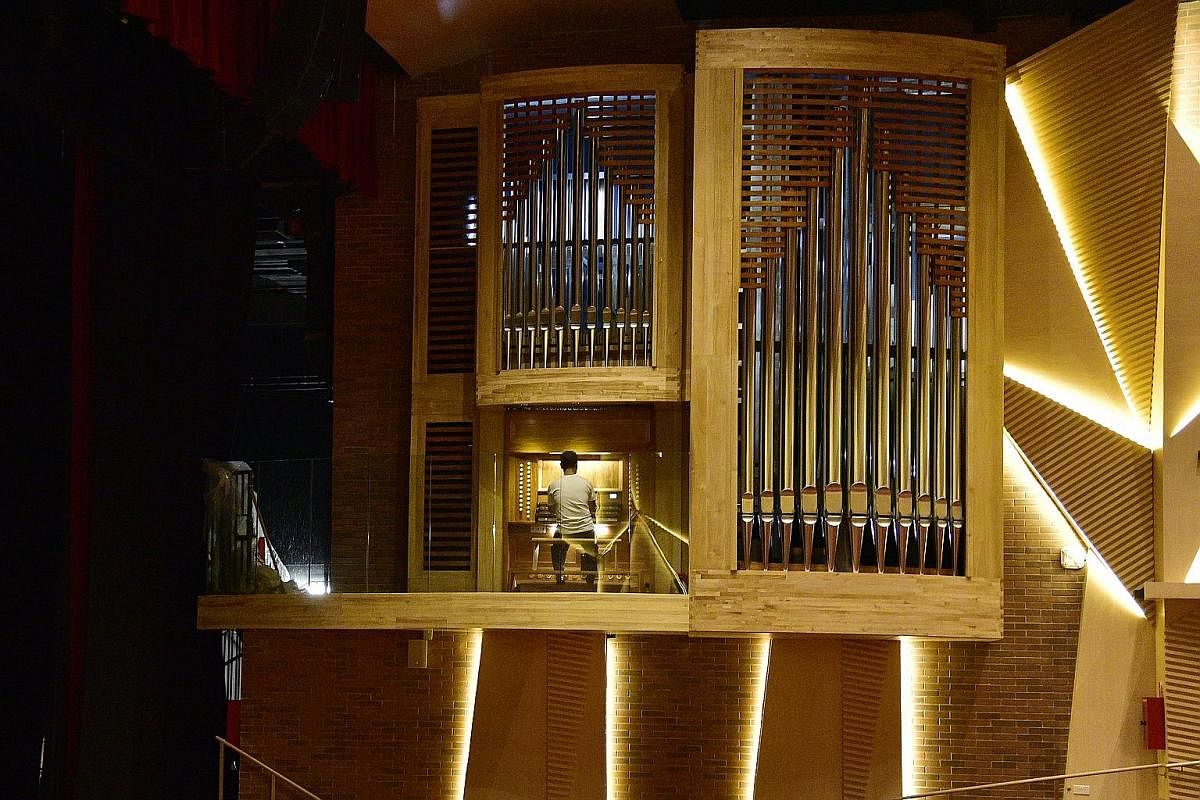
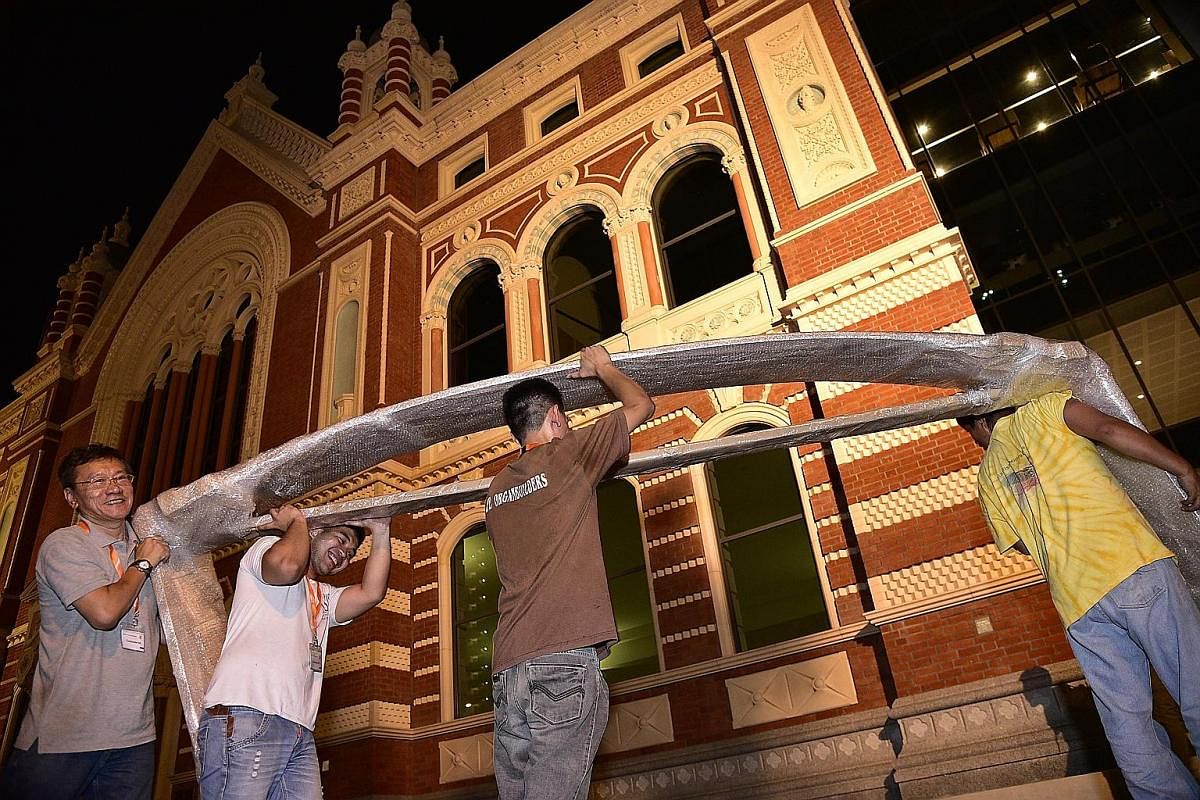
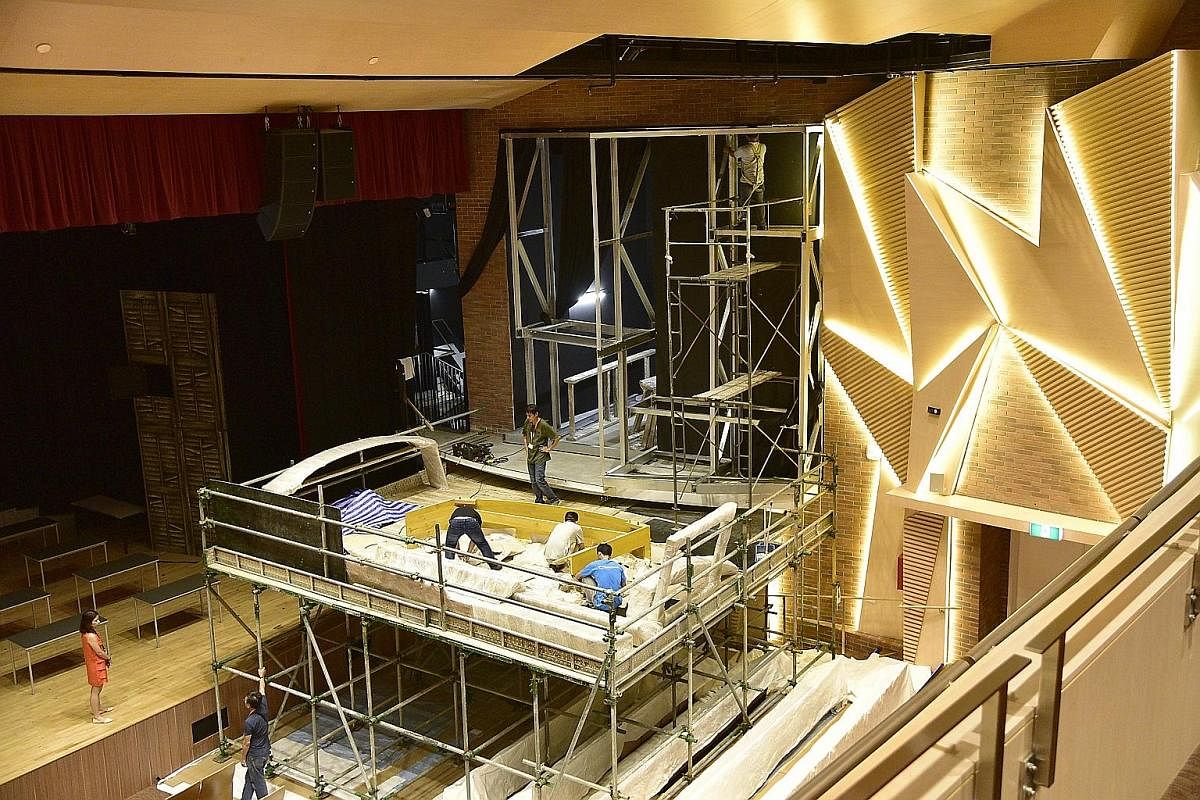
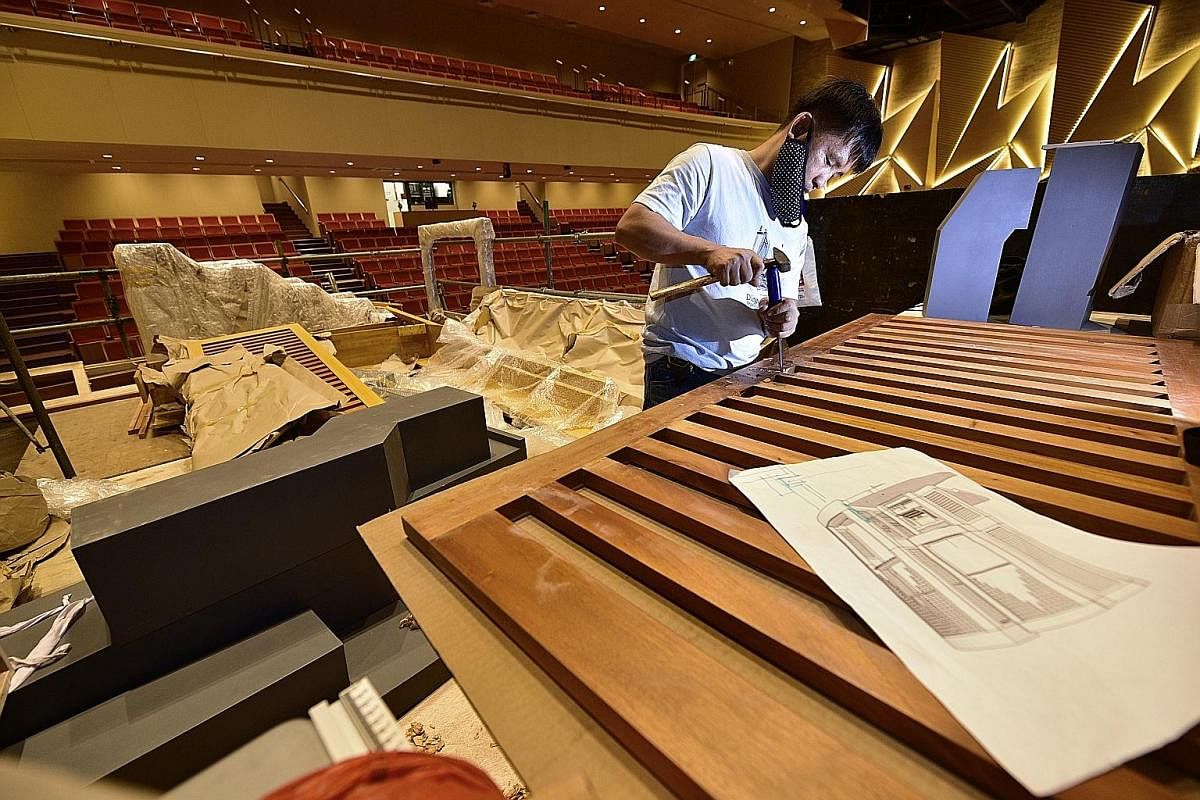
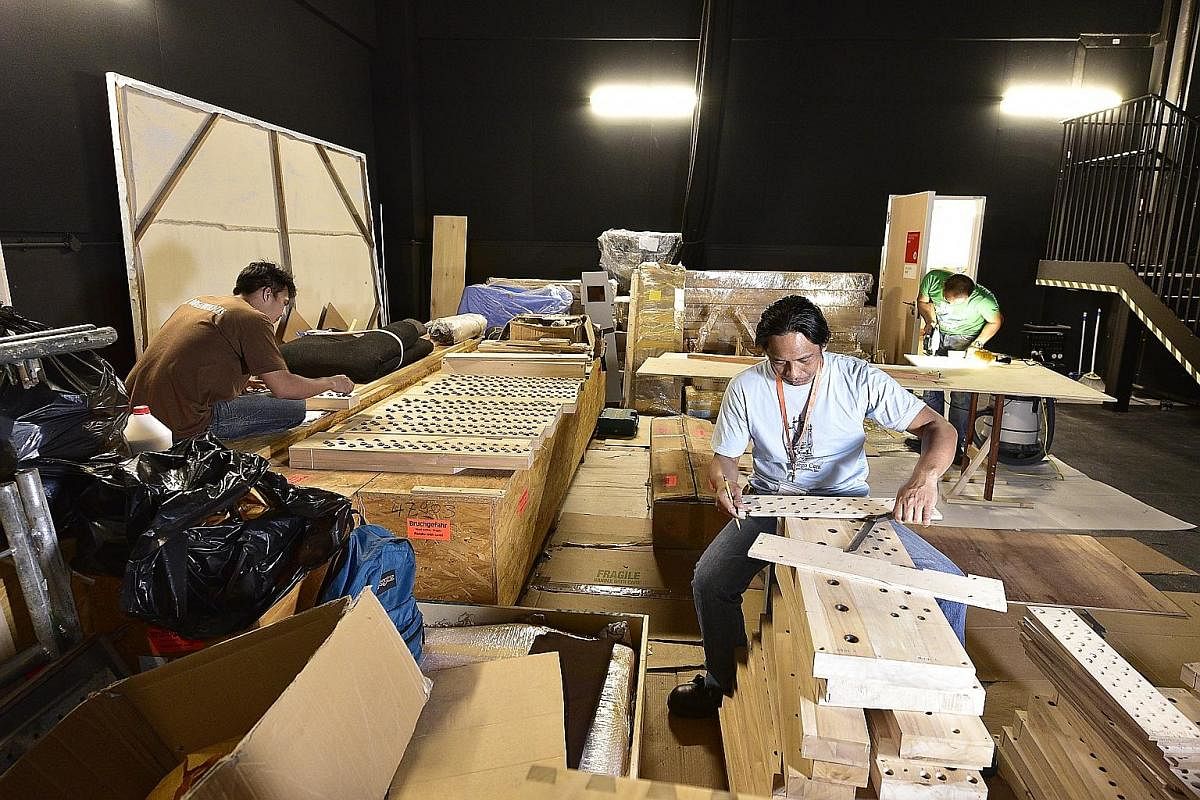
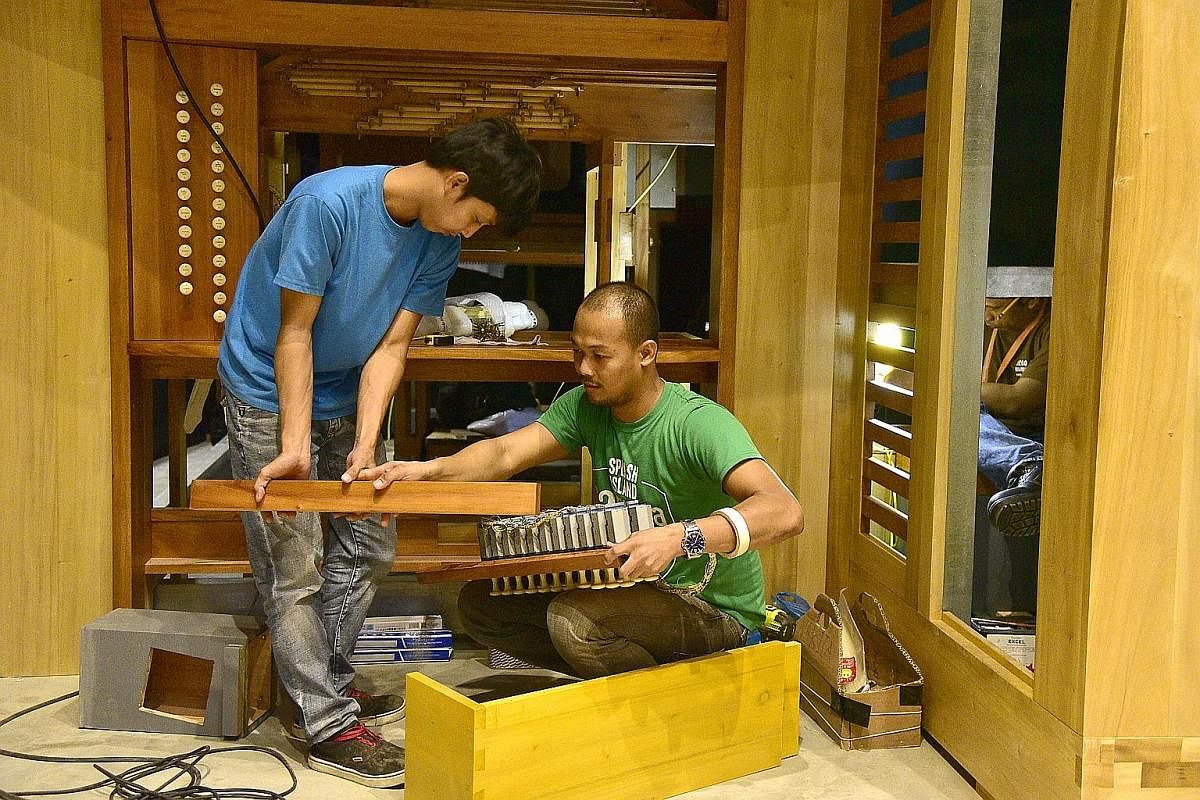
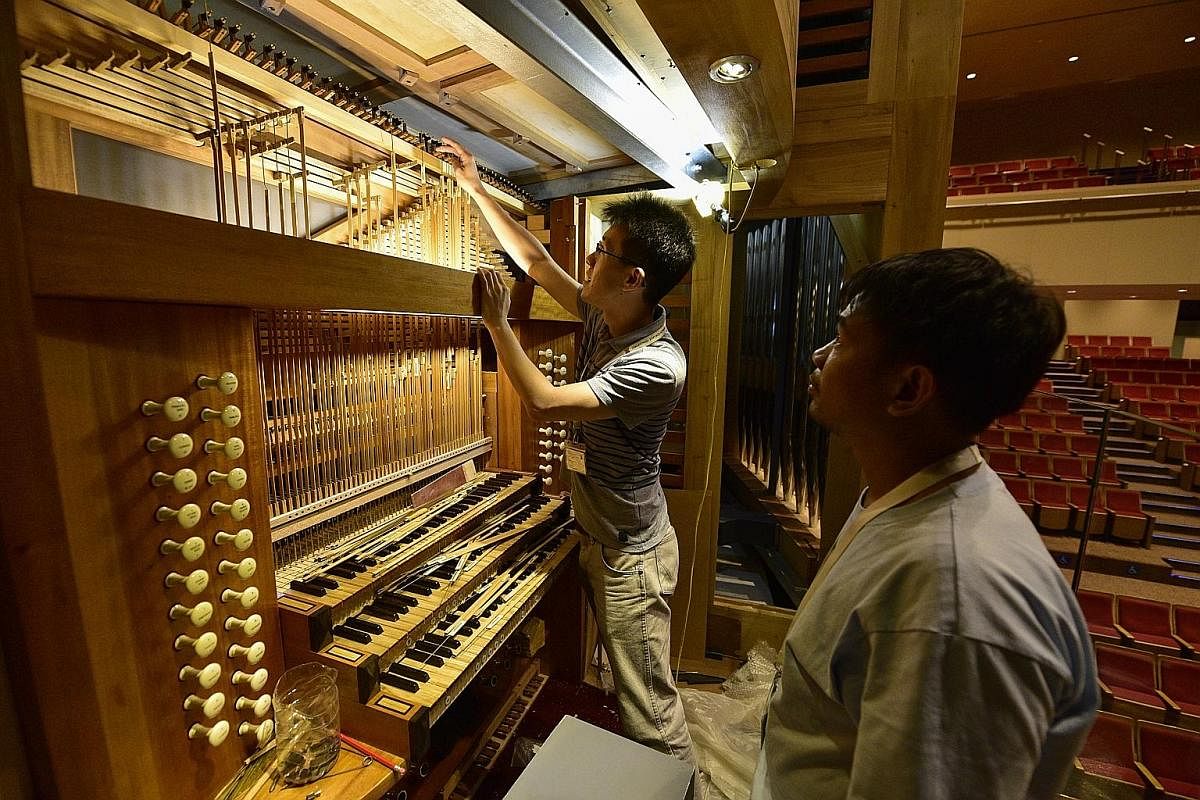
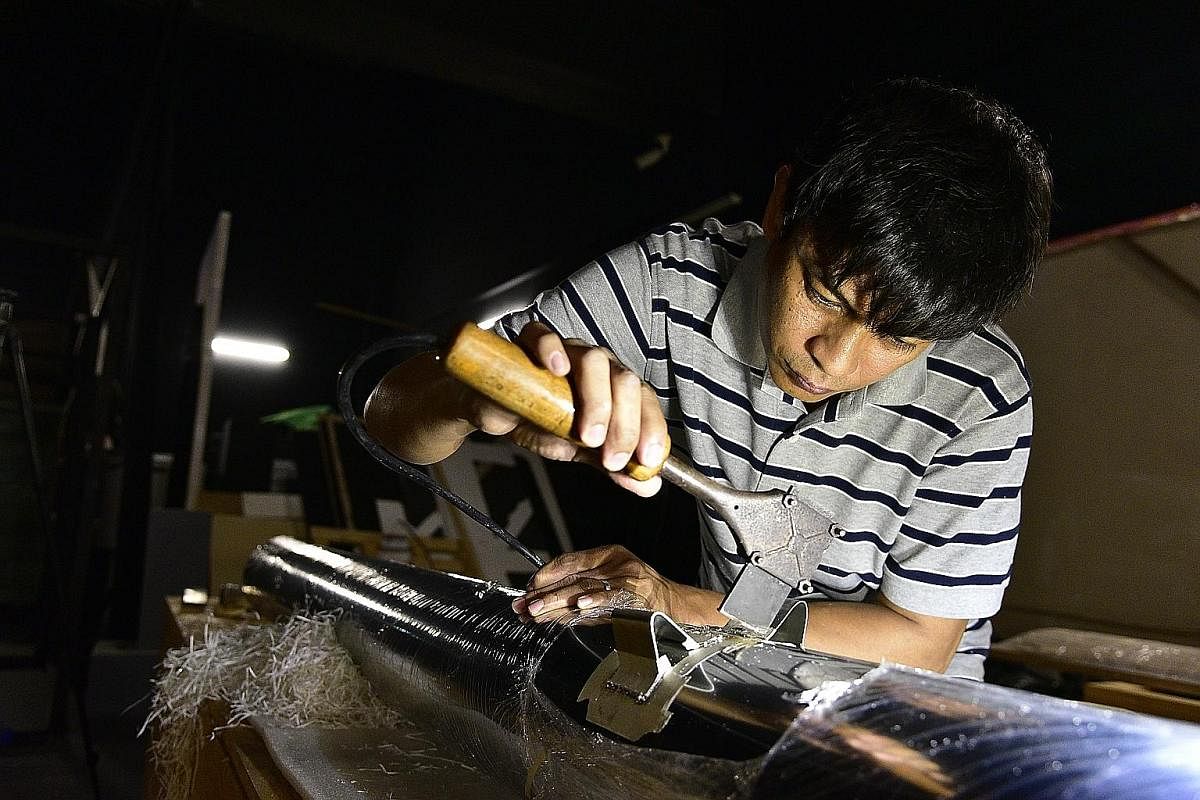
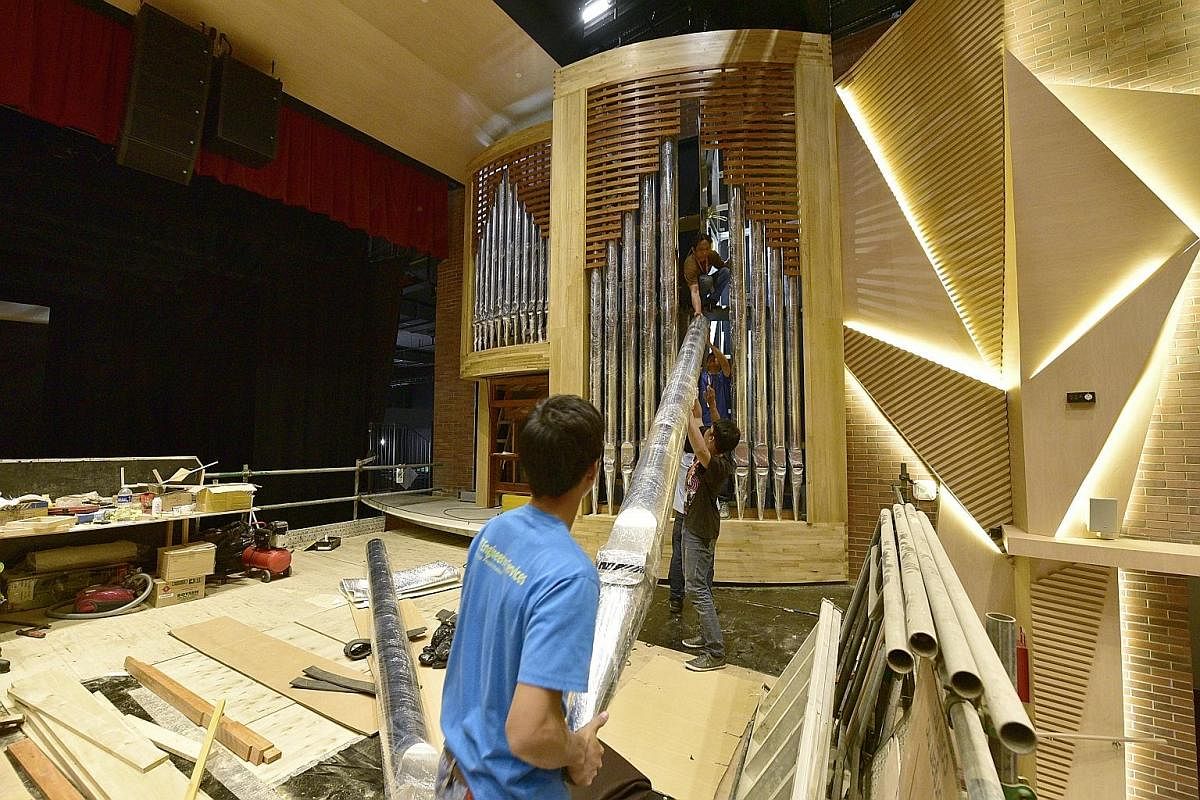
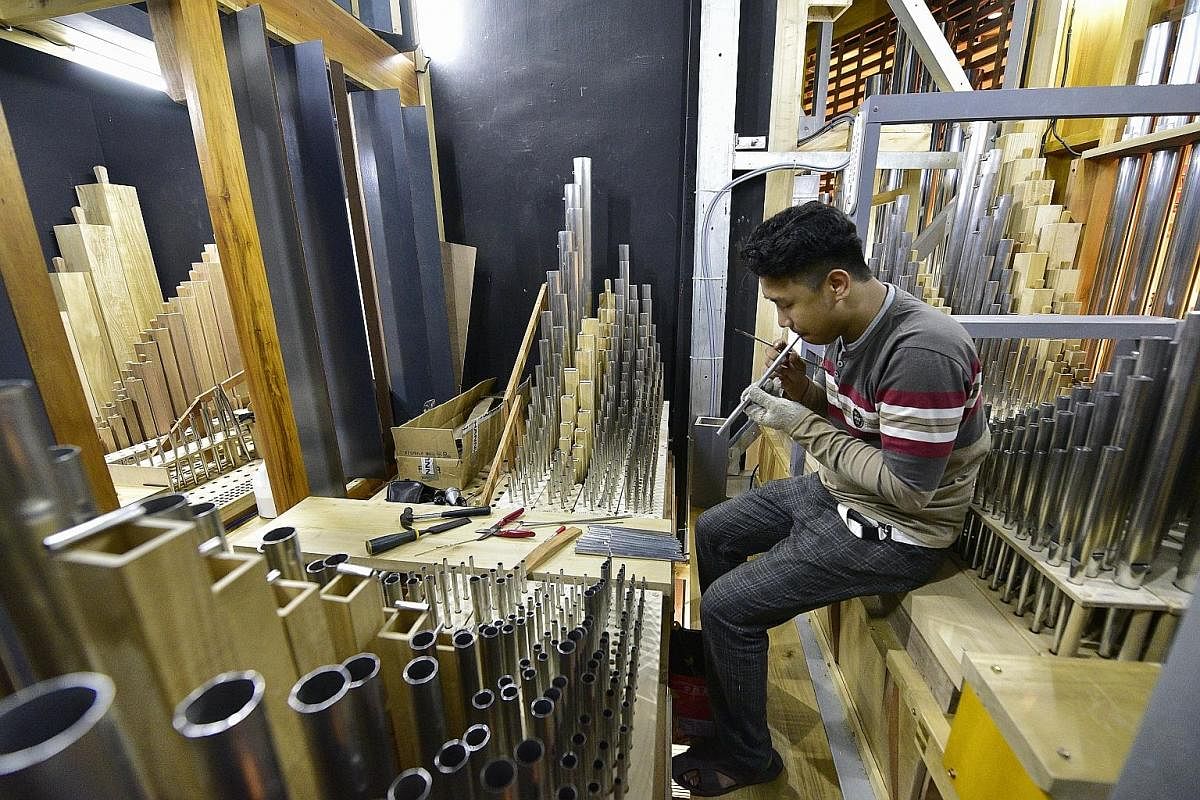
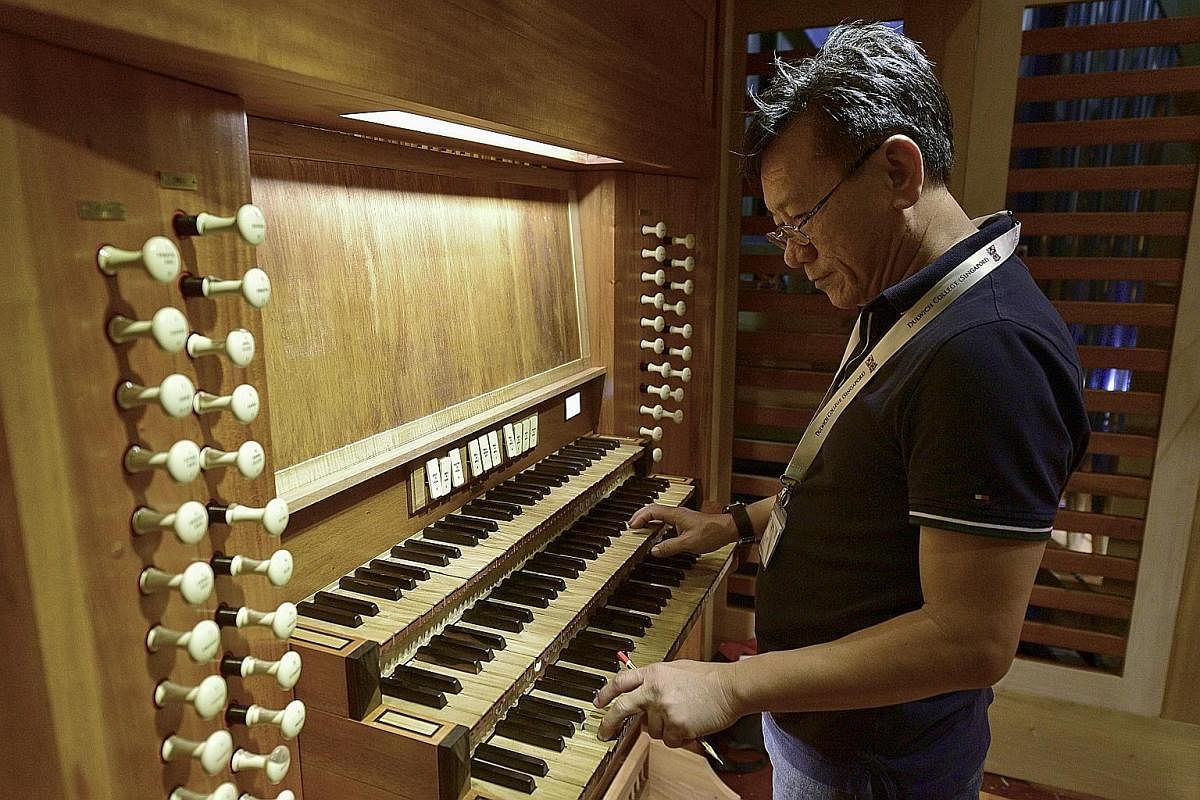
Behind the stately Edwardian facade of Dulwich College, Singapore in Bukit Batok, a team of builders are in a race to complete the installation of a 6-tonne behemoth - Singapore's second-largest pipe organ - by the end of this month.
Dulwich College, which was established in London in 1619, has a long tradition of organ playing, and the Singapore college is to be no exception. The new organ, in fact, will be the centrepiece of the school's extensive music programme.
Housed in the Performing Arts Building, with a 700-seat theatre named after Edward Alleyn - the founder of the original college in London - the organ has three keyboards and 44 stops. It is second only to the 61-stop Klais organ in the Esplanade Concert Hall, installed in 2002, in terms of the number of stops. A close third, with 43 stops, is the English J.W. Walker & Sons organ, installed in 1962, in the Orchard Road Presbyterian Church.
Unlike the other 10 pipe organs in Singapore, however, the Dulwich organ is being built by a Filipino team, who are relatively new entrants to an industry still dominated by the Europeans and Americans. The total cost will be nearly $1 million, including the cost of the structures that had to be incorporated into the building to support the organ's immense weight, and the hall's redecoration after the organ is installed.
In 1994, Mr Cealwyn Tagle founded Diego Cera Organbuilders - represented here by Carillon Technology Singapore - in the Philippines, with Mr Edgar M. Montian, who has since died.
Together, they did their apprenticeship with two world-renowned organ-building firms - Helmut Allgauer Orgelbau in Austria and Klais Orgelbau in Germany.
Built by hand in the firm's Las Pinas workshop near Manila, the frames are made of hardwoods native to the Philippines, and the pipes are made of metal imported from Germany. All the parts were packed into two 40-foot containers and shipped to Singapore.
In June, the team began assembling the organ in an empty chamber specially reserved for the organ in the college's Alleyn Theatre, putting together the steel beams that would form the backbone of the instrument. Large components such as the electric blowers, which supply wind to the pipes and windchests - the hollow wooden boxes that store this wind - were then added, one by one, as were the keyboards and pedals.
By September, all 2,432 pipes were installed. The largest metal pipe is made of polished zinc and nearly 5m in height. It weighs about 40kg and was put into position in the organ's facade by four men, who had to lift it into place.
When all the mechanical parts have been fitted, the final process, called "voicing", can begin. It is a delicate and laborious process, and the sound of each pipe is adjusted to match the sound of every other pipe in the same set, and each set is adjusted to match the sound of every other set in the organ.
This will achieve a harmonious blend of all the sounds in the organ, and ensure that the whole instrument sounds its best in the space that it was designed for. Come December, students and performers can look forward to performing on Singapore's 11th pipe organ.
Join ST's WhatsApp Channel and get the latest news and must-reads.
A version of this article appeared in the print edition of The Straits Times on November 13, 2017, with the headline The pipes, the pipes are calling. Subscribe
